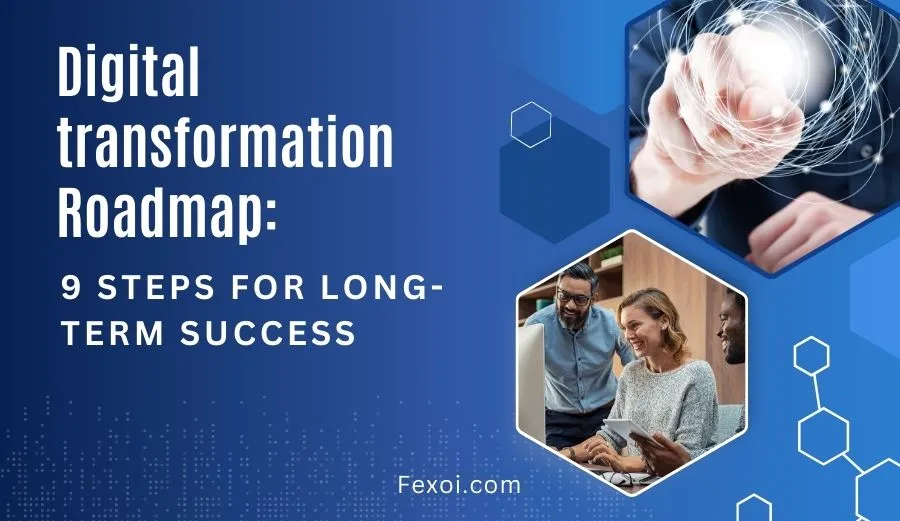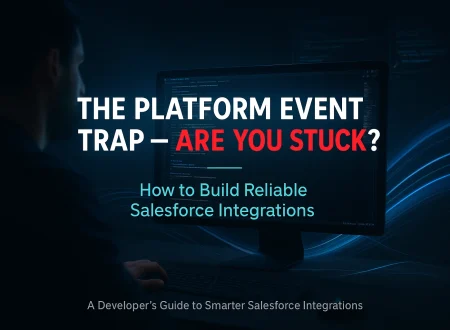A clear digital transformation roadmap is the difference between scattered tech projects and a synchronized journey that compounds value quarter after quarter.
Why Every Enterprise Needs a Digital Transformation Roadmap
A documented plan aligns people, processes, and technology, prevents scope creep, and unlocks faster ROI. Without a digital transformation roadmap, teams chase shiny tools instead of strategic outcomes.
Key Business Drivers
- Fierce market disruption and shrinking product lifecycles
- Rising customer expectations for seamless, omni‑channel experiences
- Pressure to cut costs while boosting speed and innovation
Step 1 – Define the North‑Star Vision
Articulate how digital will reshape revenue models, customer journeys, and operational resilience. Leadership co‑creates a vivid end‑state, ensuring the digital transformation roadmap speaks to every stakeholder.
Step 2 – Map Current Digital Maturity
Run a 360° assessment across data, infrastructure, culture, and governance. Use heat‑maps to spotlight gaps.
Tools for Assessment
- Capability maturity grids
- Customer journey analytics
- Tech debt inventories
Step 3 – Identify High‑Impact Use Cases
Rank opportunities by projected value and execution complexity. Prioritize pilots that can validate the digital transformation roadmap early and finance later phases.
Step 4 – Architect Future‑State Platforms
Design cloud, data, and security blueprints that scale. Ensure modular microservices and API layers support the evolving transformation roadmap.
Step 5 – Craft a Phased Release Plan
Break initiatives into 90‑day sprints, each with clear KPIs, owners, and budgets. This phased digital transformation roadmap limits risk while generating momentum.
Sample Milestone Sequence
- Data foundation & single customer view
- Self‑service analytics & KPI dashboards
- AI‑powered personalization engine
- Intelligent automation & ERP modernization
Step 6 – Mobilize People & Culture
Upskill talent, embed agile rituals, and reward experimentation. Cultural adaptation is the invisible rail that keeps the digital transformation roadmap on track.
Step 7 – Establish Governance & Funding
Create a Transformation Office to oversee scope, risk, and benefits realization. Adaptive funding gates unlock capital only when evidence supports progression along the roadmap.
Step 8 – Measure, Learn, and Iterate
Instrument every release with telemetry. Compare actual KPI lift versus projections and refine the digital transformation roadmap quarterly.
Step 9 – Scale Success Enterprise‑Wide
Once proofs of concept outperform baselines, expand to adjacent business units, geographies, and products. Institutionalize continuous improvement so the roadmap evolves with market shifts.
Frequently Asked Questions
How long does crafting a roadmap take?
Most firms complete diagnostics and initial design in 8‑12 weeks, but the roadmap is a living document.
Who owns the roadmap?
C‑suite sponsorship is crucial, yet a dedicated Transformation Office manages daily execution.
How often should we revisit the roadmap?
Quarterly reviews ensure alignment with strategy, technology advances, and regulatory changes.
Tools & Frameworks to Operationalize Your Digital Roadmap
A well‑architected digital roadmap lives inside collaborative tooling rather than static slide decks. Leading enterprises use enterprise architecture suites, value‑stream mapping boards, and agile program management platforms such as Jira Align. Frameworks like SAFe or LeSS govern cross‑team dependencies, while OKR dashboards keep every squad anchored to measurable business value. When stakeholders can see dependencies, capacity, and upcoming releases in real time, the plan remains credible and adaptable.
Technical Accelerators
- Low‑code platforms shorten development cycles by up to 70 %.
- API gateways provide a standardized contract for new and legacy services.
- Data fabrics simplify governance by abstracting storage layers from analytical workloads.
Common Pitfalls and How to Prevent Them
Even the most elegant transformation roadmap can stumble without vigilance. Three traps recur:
- Technology‑First Thinking – Buying tools before clarifying business outcomes leads to shelf‑ware. Solution: Tie every backlog item to a quantified KPI.
- Change Fatigue – Employees inundated with simultaneous initiatives disengage. Solution: Sequence releases so each group faces one major change at a time.
- Vanity Metrics – Tracking page views instead of margin improvement masks true progress. Solution: Limit dashboards to north‑star indicators tied to shareholder or mission value.
Case Study – Retailer Boosts Omnichannel Revenue by 38 %
A mid‑tier apparel chain lacked unified inventory visibility, resulting in 21 % stock‑outs online. Executives drafted a phased transformation roadmap focused on three sprints: POS integration, micro‑fulfillment hubs, and AI‑driven demand forecasting. Using the digital roadmap, cross‑functional squads shipped a minimum viable integration in eight weeks, cutting stock‑outs to 8 %. Year‑one analytics showed a 38 % lift in omnichannel revenue and $4.7 M annual cost avoidance from reduced markdowns. The lesson: sequence, focus, and scale.
Final Thoughts
Whether you lead a Fortune 500 or a scaling startup, your competitive moat will hinge on disciplined execution of a well‑socialized plan. Follow the nine‑step playbook, leverage modern toolchains, and revisit assumptions quarterly. The payoff is a resilient enterprise ready to capitalize on tomorrow’s market shifts rather than react to them.







